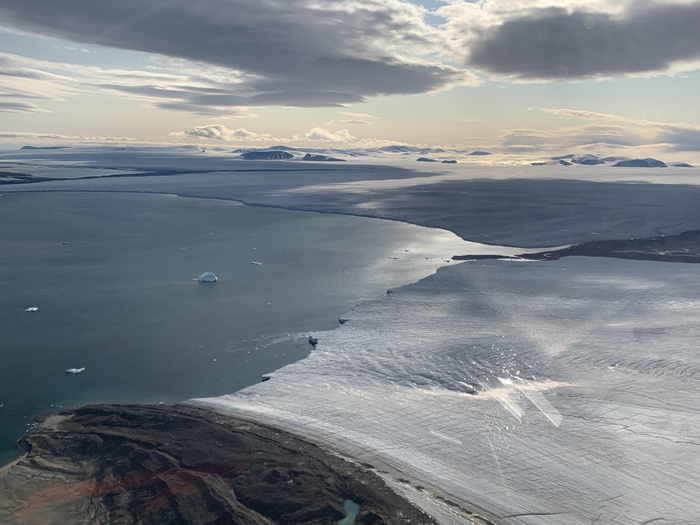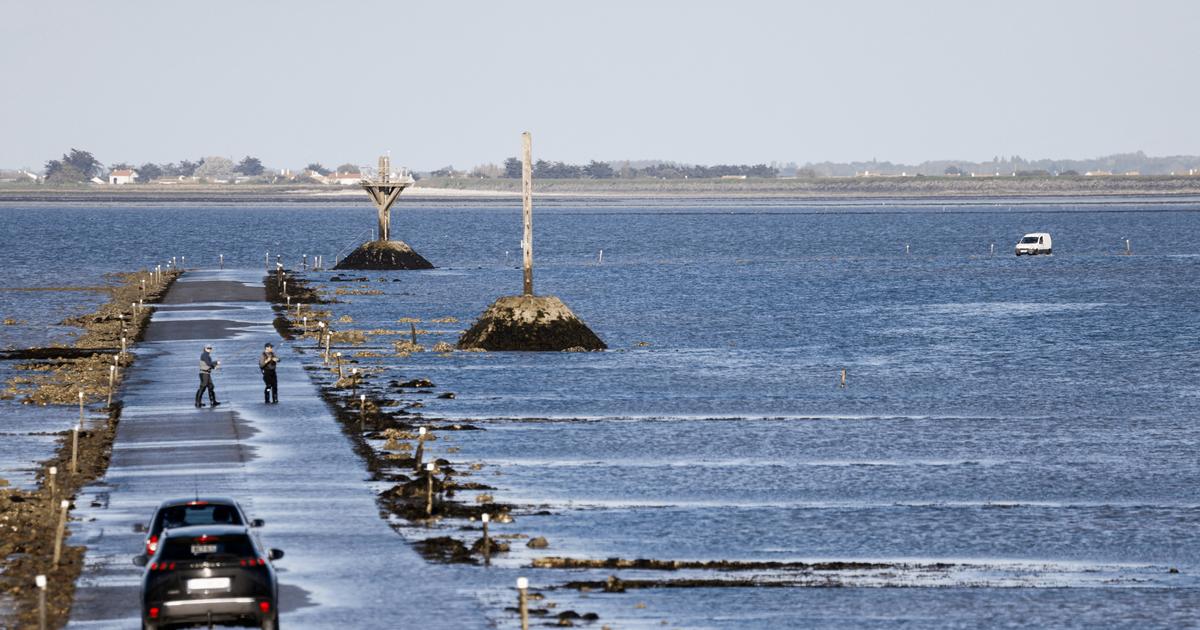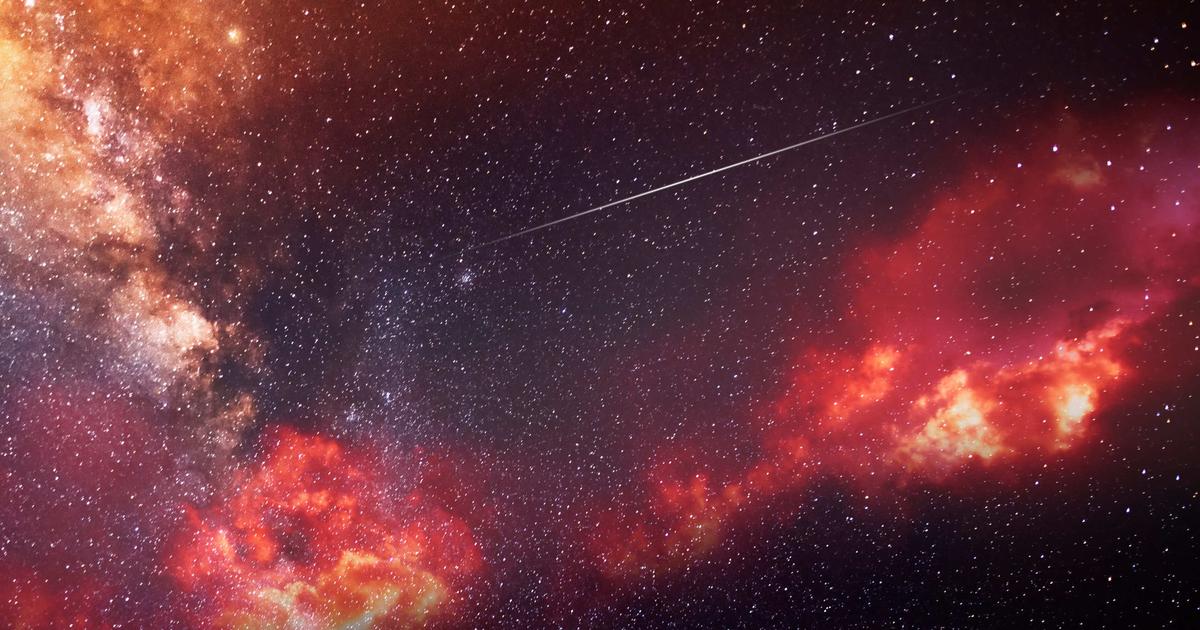A future without glaciers promises, since
two out of three
could
disappear by 2100
due to
climate change
: this is the worst-case scenario predicted by the study published in the journal Science and led by the US Carnegie Mellon University.
Research indicates that the
most threatened glaciers
are the
smallest
, those
less than 1 square kilometer in size
, and are found in
central Europe
, including the Alps,
western Canada
and
the United States
.
The
new model
, based on an
unprecedented amount of data
and relating to all the glaciers on Earth, more than
215,000
, and on the various
forecasts
of
global
temperature increase.
Even in
the most optimistic scenario
, in which the temperature increase will not exceed 1.5 degrees compared to pre-industrial levels,
half
of the
glaciers
will still be
lost
.
Glacier melt rates
, observe researchers led by David Rounce, have
steadily
increased
in recent decades and these processes will profoundly affect, among other things, sea level rise and the availability of fresh water for billions of people.
Being able to predict glacier mass loss as accurately as possible is therefore critical to understanding how the environment will change and to guiding future global climate adaptation and mitigation efforts.
The most recent and comprehensive forecast predicts that glaciers will lose between 26% and 41% of their mass by the end of the century (source: Brian Menounos)
To improve existing projections, usually limited to narrow geographic areas, the researchers exploited an unprecedented amount of data covering all the glaciers of the globe (except those of Greenland and Antarctica), processing them thanks to supercomputers.
The results show that glaciers will lose between 26% and 41% of their mass by the end of the century, depending on a temperature increase of between 1.5 and 4 degrees.
This means that, in the best-case scenario, about 50% of the glaciers will disappear, while in the worst-case scenario, 80% will be lost, about two out of three.
Based on current climate policy commitments, which project global temperatures to rise by 2.7 degrees, we are likely to see almost all sea ice disappear from entire regions.
This, in turn,
"The way glaciers respond to climate change takes a long time," note the study authors.
"Even an immediate reduction in emissions will not remove previously emitted greenhouse gases, nor can it instantly halt all ongoing processes that contribute to climate change. This means - they add - that even a complete halt in emissions would still require between 30 and 100 years to be reflected in glacier mass loss rates".
It is probably too late, therefore, to avoid the loss of many glaciers, but efforts to limit the increase in global average temperature will still have an impact on the number of glaciers that we are able to save.













